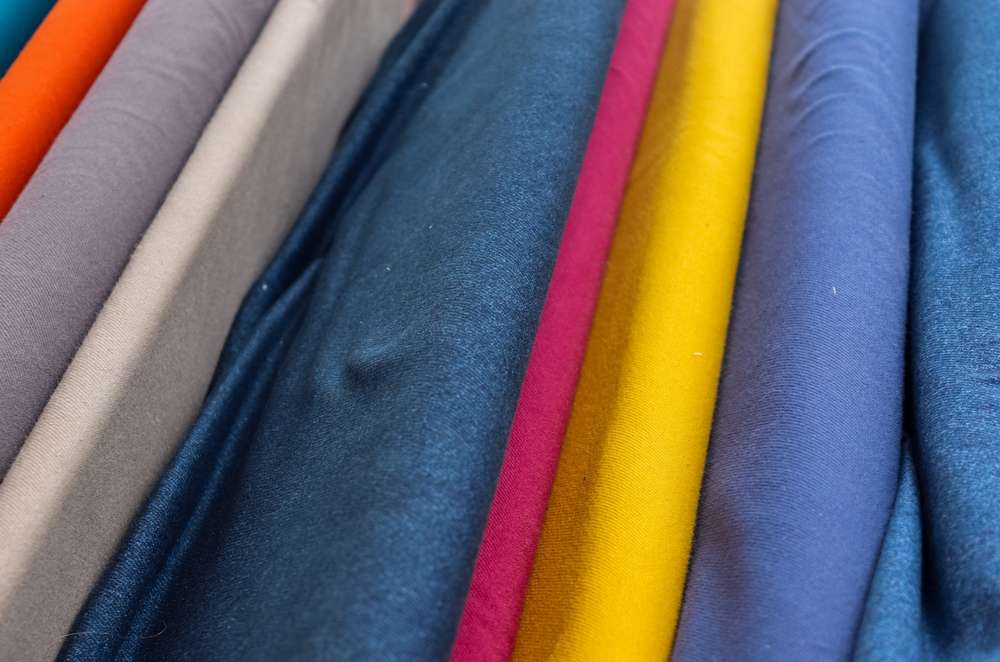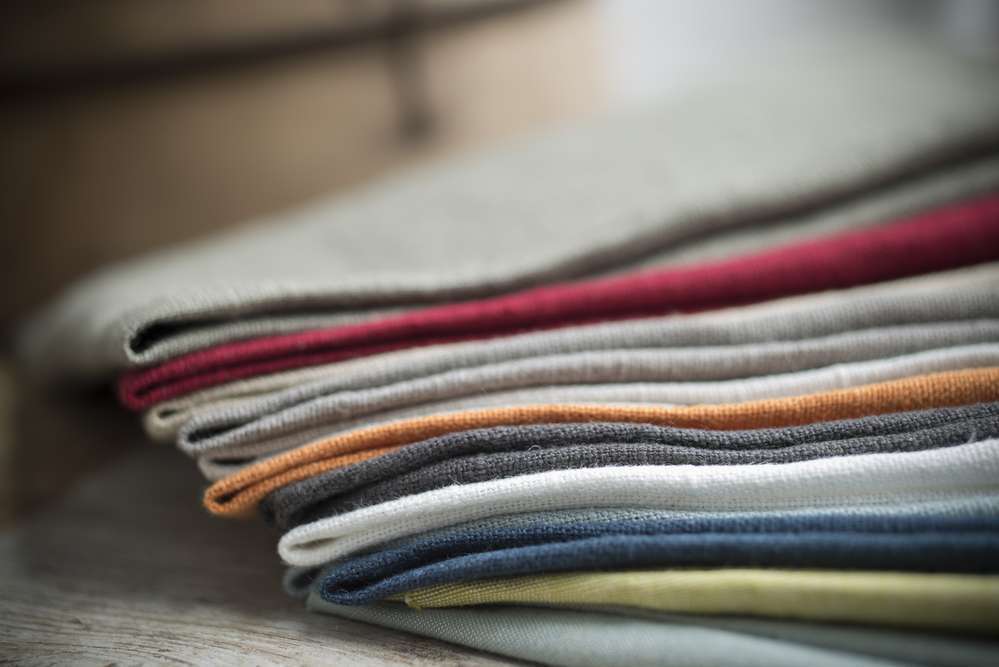Understanding The Different UPF Clothing Materials And Their Benefits


Do you ever find yourself struggling to decide what materials are best for UPF clothing? With so many options, it can be difficult to figure out which materials will provide the best UV protection. Well, don’t worry! We’ll help you understand the different UPF clothing materials and their benefits so you can make an informed decision.
From cotton blends to synthetic fibers, there are a variety of materials that offer varying levels of protection from harmful UV rays. In this article, we’ll explore each material and discuss why it might be best for your needs.
It’s time to take control of your UV protection and learn more about UPF clothing materials! Let’s get started by taking a closer look at the different types of fabrics available and how they can benefit your skin.
Types of UPF Fabric
UPF clothing is available in a variety of fabrics, each with its own unique benefits.
- Cotton is a popular choice for UPF clothing as it's comfortable, breathable, and provides good sun protection.
- Nylon is another option that provides excellent protection while wicking away moisture to keep you cool and dry.
- Polyester is lightweight and quick-drying, making it an ideal choice for active wear.
- Bamboo is breathable, moisture-wicking, anti-microbial and provides excellent sun protection.
- For maximum performance, look for UPF fabric blends such as bamboo-cotton or nylon-spandex which combine the advantages of two different materials.
For those looking for additional features in their UPF clothing, there are several options available. Moisture-wicking technology pulls sweat away from the body so you stay dry during physical activities.
Breathable fabrics allow air to flow through the garment, which helps regulate body temperature in warm weather and prevents overheating due to UV rays. Waterproofing adds an extra layer of protection from rain or water sports while maintaining comfort and sun protection.
No matter what type of UPF clothing you choose, it can be an effective way to protect your skin from ultraviolet radiation while still enjoying comfort and convenience. When shopping for UPF clothing, be sure to check labels for the item's Ultraviolet Protection Factor (UPF) rating to ensure you're getting the best possible sun protection.
With proper care and maintenance, your UPF clothing can provide years of reliable sun protection that keeps you safe no matter what your activity level might be. In addition, here are the other types of fabric used for UPF clothing.
Natural Fibers
In addition to the man-made fabrics mentioned above, there are also several natural fibers that can provide UPF protection.
- Bamboo is a great choice when it comes to UPF clothing because it's soft, durable, light and breathable while still blocking out harmful UV rays.
- Hemp is another natural fiber with superior sun protection, as well as being resistant to mold and mildew.
- Silk is lightweight and provides excellent protection, but should be washed by hand or dry cleaned due to its delicate nature.
- Wool has been proven to offer excellent UV protection without sacrificing breathability or comfort.
One of the best benefits of using natural fibers for UPF clothing is their durability. Many of these fabrics are designed to last for years, so you don't have to worry about replacing your items every season. Natural fibers also tend to be more eco-friendly than synthetic materials, and some even come with recycled content for an even greener option.
Moreover, many of these fabrics are naturally soft and comfortable against the skin, making them perfect for everyday wear in any weather conditions.
Whether you're looking for UPF clothing made from man-made or natural fibers, there's something out there that will suit your needs perfectly. With so many different styles and options available, you can find UPF clothing that not only looks good but offers effective sun protection too.
Synthetic Fibers
When it comes to UPF clothing, synthetic fibers can also provide effective sun protection.
- Polyester is a popular choice as it’s lightweight and breathable while still offering excellent protection from UV rays.
- Nylon is another synthetic fiber that offers UPF protection and is often used in swimwear due to its quick-drying properties.
- Spandex is known for its stretchy quality, making it ideal for activewear where you need flexibility and comfort combined with UV protection.
Each of these materials has its own unique benefits when it comes to UPF clothing. For instance, polyester is resistant to wrinkles so your garments will look polished even after hours of wear.
Nylon is great for water activities as it won't become heavy when wet and dries quickly. Spandex provides a snug fit that won't restrict movement, ideal for sports or outdoor activities.
No matter what type of UPF clothing you’re looking for, synthetic fibers are an excellent option that offers a variety of benefits. Whether you want breathability, wrinkle-resistance, quick-drying properties, or a snug fit, there's sure to be a synthetic fabric that fits your needs perfectly.
With so many choices available, you can find the perfect UPF garment that looks good and provides effective sun protection too!
Blends of Natural and Synthetic Fibers

Another great choice for UPF clothing is a blend of natural and synthetic fibers. Combining the best of both worlds, these materials offer the breathability and comfort of natural fibers with the protection of synthetic ones.
Cotton-nylon blends, for example, are lightweight yet provide excellent UV protection and wrinkle resistance. Linen-spandex blends are also popular as they provide a comfortable fit that won't restrict movement while still offering UPF protection.
Blends of natural and synthetic fibers are perfect for those who want to enjoy the benefits of both worlds. Natural fibers such as cotton, bamboo, and wool are known for their softness and comfort, making them ideal for everyday wear.
Synthetic fibers like polyester provide additional strength and durability so your garments will last longer in any condition. By combining these two types of fabrics together you get the best of both worlds - comfort, breathability, sun protection, and durability all in one garment!
These blended materials have become increasingly popular in recent years due to their versatility. Whether you're looking for an everyday shirt or a swimsuit to protect yourself from UV rays while swimming in the ocean, these blended fabrics are sure to meet your needs. With a variety of styles available on the market today, you can find exactly what you need to stay safe from harmful UV rays while looking stylish too!
Factors That Affect UPF Ratings
When it comes to UPF clothing, it's important to understand the different factors that affect its sun protection rating. Not all fabrics are created equal when it comes to UV protection, and some materials actually provide more protection than others. Understanding how these factors can impact a garment's UPF rating can help you make an informed decision when choosing the best type of clothing for your needs.
One factor that affects UPF ratings is the fabric's weave or construction. Tightly woven fabrics like twill, gabardine, or canvas offer greater protection from UV rays than loosely woven fabrics such as cotton jerseys or knits.
Additionally, some specialty fabrics like those used in swimwear are designed with UV-blocking technologies that provide additional sun protection. It's important to pay attention to the material composition of any garment you purchase, as this can have a big impact on its overall UPF rating.
Another factor that impacts UPF ratings is moisture content. Wet fabric filters less UV radiation than dry fabric, so if you're planning on spending time outdoors in wet conditions be sure to select clothes made from quick-drying materials such as nylon or polyester-spandex blends. Additionally, darker colors tend to block more UV radiation than lighter colors.
If you prefer to opt for lighter shades like white or pastel colors, do so only when a certified UPF rating can ensure adequate UV protection.
Chemicals and dyes that are effective at absorbing UV light can be added to enhance UPF. Fiber type: Polyester does an excellent job at disrupting UV light, as does nylon. Wool and silk are moderately effective. Cotton, rayon, flax and hemp fabrics often score low without added treatments.
When shopping for UPF clothing, keep in mind that certain factors can affect a garment's overall sun protection rating, and choose fabrics and colors accordingly. By selecting clothes with tight weaves made from quick-drying materials, you can ensure maximum protection from harmful UV rays while still looking good!
How Long Will UPF Clothing Last?

When it comes to UPF clothing, one of the most common questions asked is: how long will it last? This is an important question to ask when investing in UPF clothing items because no one wants to invest money into something that won't stand the test of time. Therefore, understanding UPF clothing longevity is key.
The lifespan of UPF clothing depends on the material used in its construction. For instance, a shirt made from a cotton and polyester blend would not last as long as a shirt made with bamboo viscose, polyester or nylon fabric.
Cotton has a tendency to fade and shrink over time and can be further damaged by exposure to strong detergents and chemicals. On the other hand, bamboo, polyester or nylon fabrics are much more durable and can handle more wear and tear before showing signs of wear.
Another factor affecting UPF clothing life expectancy is how often it's laundered and what kind of detergent or soap is used in the process. It's best practice to always use a mild liquid detergent rather than harsh powders when washing UPF clothing items.
Additionally, air drying instead of machine drying will help extend the lifespan of UPF garments since machine drying can cause fabric fibers to break down faster than air drying does.
Taking these factors into consideration, it's safe to say that if properly cared for, you can expect your UPF clothing items to last for several years before needing replacement - making them an excellent investment for anyone looking for quality sun protection apparel.
Conclusion
In conclusion, UPF clothing is a crucial part of protecting yourself from the harmful effects of the sun, and choosing the right material can make a significant difference in your level of protection and comfort.
By understanding the different materials available and their properties, you can make an informed decision that best suits your needs and preferences. Whether you're spending time outside for work or leisure, investing in UPF clothing from Rayward Apparel is a smart choice to stay safe and comfortable in the sun. Contact us today for more information!







